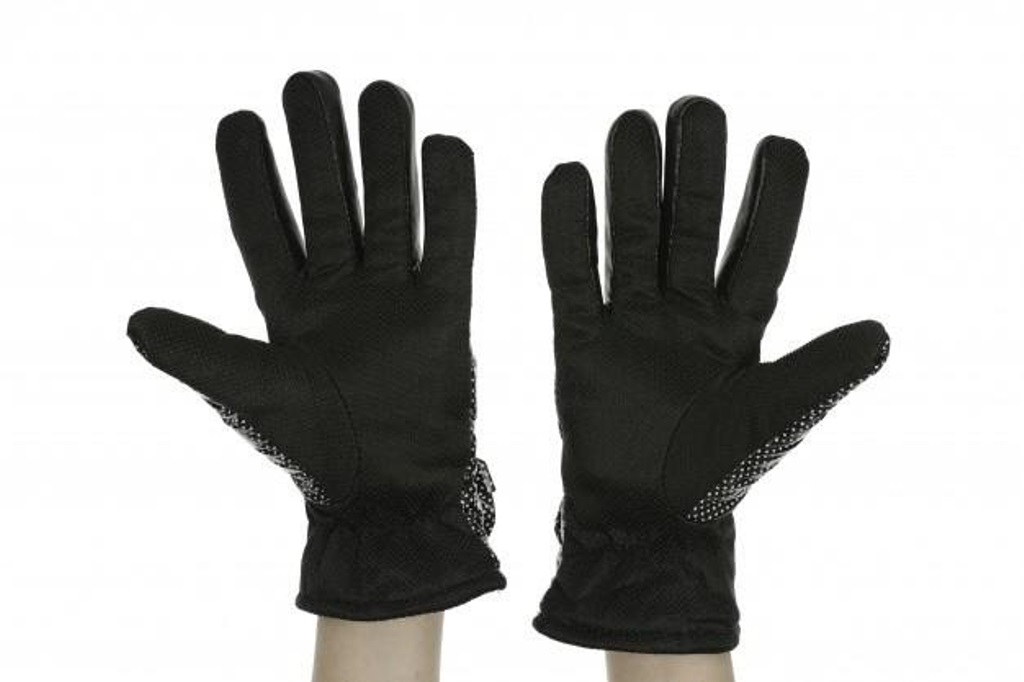Aside from the bathroom, the kitchen is one of the most dangerous places in your house. Most of the time, accidents can happen inside your kitchen. In the kitchen, you’ll expose yourself to fire and water. With proper handling methods, you can avoid injuries when cooking your meals.
However, injuries often happen in prepping your food. The most common injuries in the kitchen come from handling knives. A wrong stroke with a very sharp knife can turn ugly real quick. This fact is the reason why we should all be careful while inside our kitchens.
One of the best ways to protect yourself while maintaining an efficient pace in the kitchen, is by wearing cutting gloves. These gloves are effective in letting you avoid nasty cuts while handling knives. Here are some more reasons why you should wear cutting gloves:
They Are an Investment
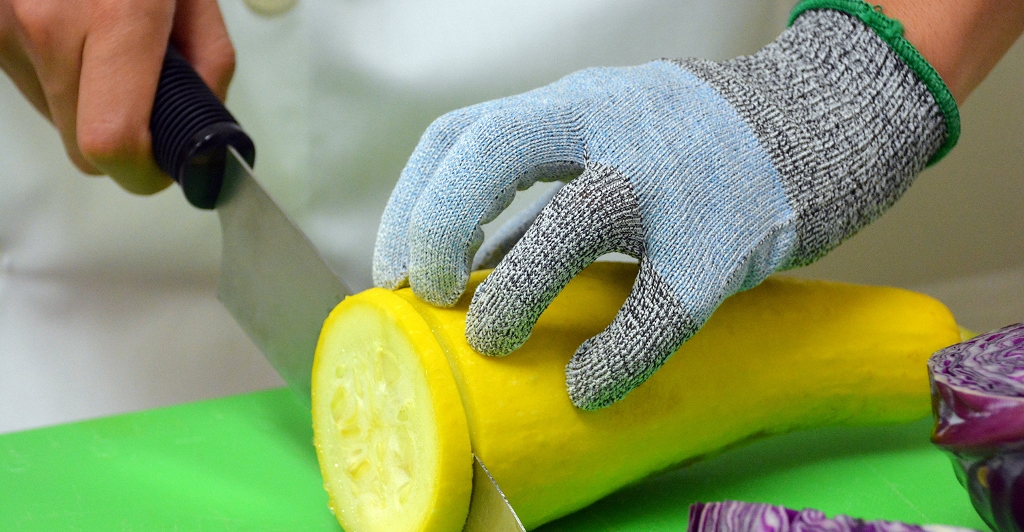
Most of the time, cutting gloves for kitchen use is an effective way to prevent accidents. A party or a fun gathering can turn into a horror show when accidents happen in the kitchen. Most of the time, cutting wounds caused by improper knife handling or any other accidents can result in horrible wounds. Avoid the pain and hassle by using a proper cut glove.
These gloves are made to be form-fitting, which gives the gloves more dexterity against contact. The gloves’ dexterity is important as it gives everyone the needed protection to do their jobs properly and the amount of comfort they need when wearing. The more secure and comfortable the glove is, the better it is to work fast and efficient in the kitchen.
When buying a cut-resistant glove, look for one that is tightly weaved and is fitted. This is important because a loosely-weaved glove has a good chance that it will come undone and loose apart. It would help if you also looked for one with enough stretch to use your hands while being protected.
It Gives Different Levels of Protection
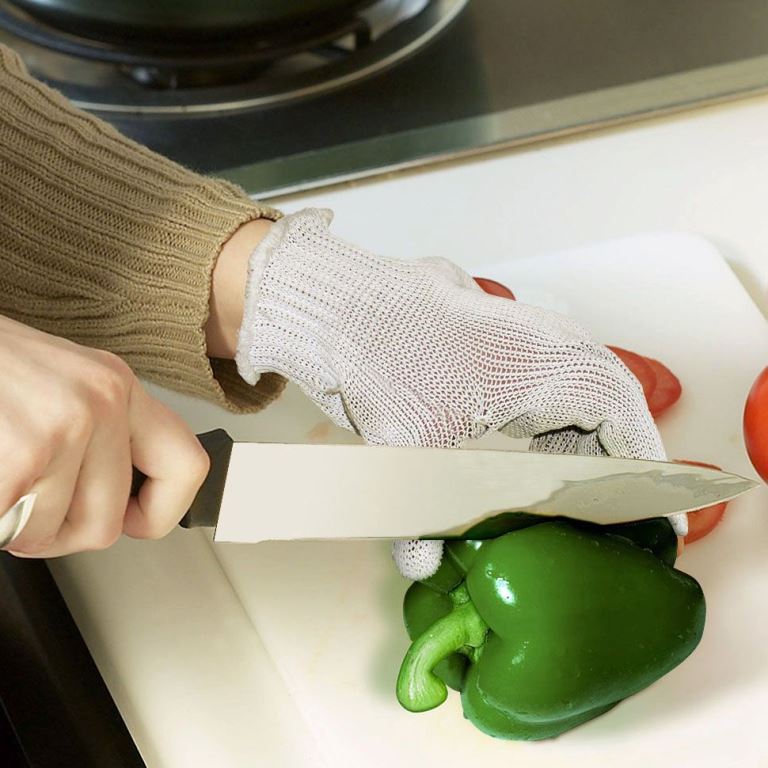
There are many fabrics and fibers used to meet the requirement needed for a certain level of protection that gloves provide. Of course, it is because not all kinds of work need to have the same level of protection needed. Restaurant workers need excellent protection since they’re mostly slicing and dicing ingredients. Butchers need a relatively higher level of protection since they need bigger tools to cut meat and saw through bones.
Although you won’t need much protection as those working in the settings mentioned above, you still need a certain level of protection when cutting and slicing in the kitchen. Sometimes, being careful won’t “cut” it.
There are four factors in choosing the right material for cutting gloves: hardness, strength, lubricity, and rolling action. A fabric that has these characteristics tends to have a high level of protection against injuries.
However, to properly test the gloves, manufacturers abide by the standards employed by the American National Standard Institute. ANSI determines the cut resistance of a glove by applying weight to the test gloves. After that, they will determine the ANSI level of a material by measuring how much weight is needed to cut through the material within 25mm of blade travel.
These are the ANSI Cut Resistant Levels:
- A1: Greater than 200
- A2: Greater than 500
- A3: Greater than 1000
- A4: Greater than 1500
- A5: Greater than 2200
- A6: Greater than 3000
- A7: Greater than 4000
- A8: Greater than 5000
- A9: Greater than 6000
Different Materials Are Used
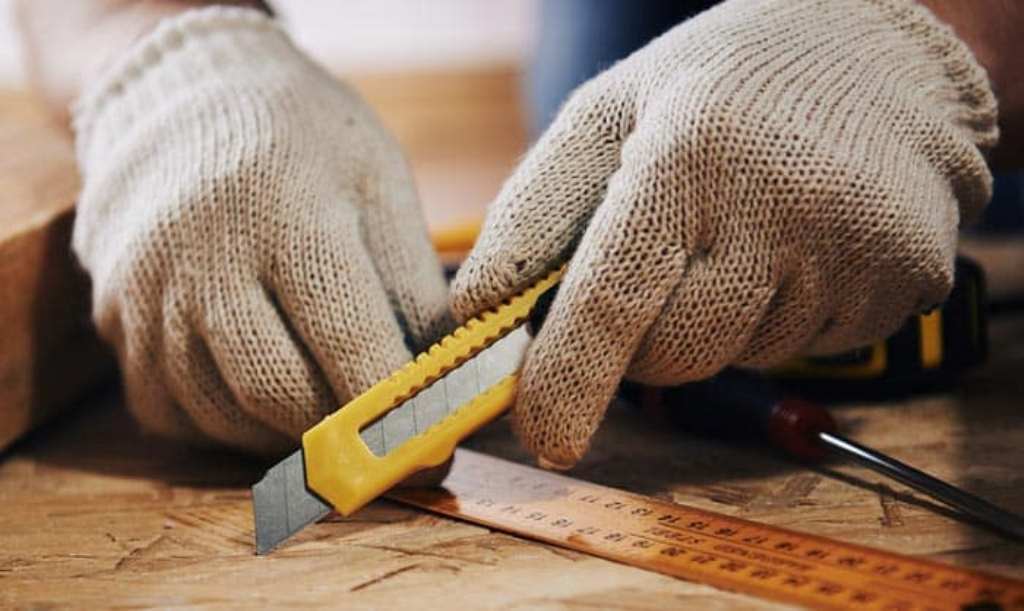
The higher the level of material used, the more protection it offers. With that said, there is a variety of materials that manufacturers use in making these gloves. Whether you or anybody else in the kitchen need essential protection in using knives, safety should always be the priority. Making sure that your glove is made out of the best material is one way of being safe in the kitchen.
One of the most common materials is kevlar fiber. Kevlar is the same material that is commonly used by the military for their vests and helmets. It has a high level in terms of ANSI and can offer your workers heavy-duty protection. Kevlar is a very strong fiber and it is fire-resistant, ideal for kitchen use.
They Are Common in the Food Service Industry
Most foodservice operators have included in their handbook the prescribed use of gloves. An example of this is Taco Bell. In their handbook, workers are required to wear cut-resistant gloves when using a knife or other bladed tools. Others even employ cutting gloves when cleaning electric slicers.
Hand protection is necessary and should be kept in mind when there is a risk of contact with sharp objects or other surfaces that could result in severe lacerations and abrasions. Cut-resistant gloves are usually intended for heavy manual tasks such as de-boning, bone sawing, etc.
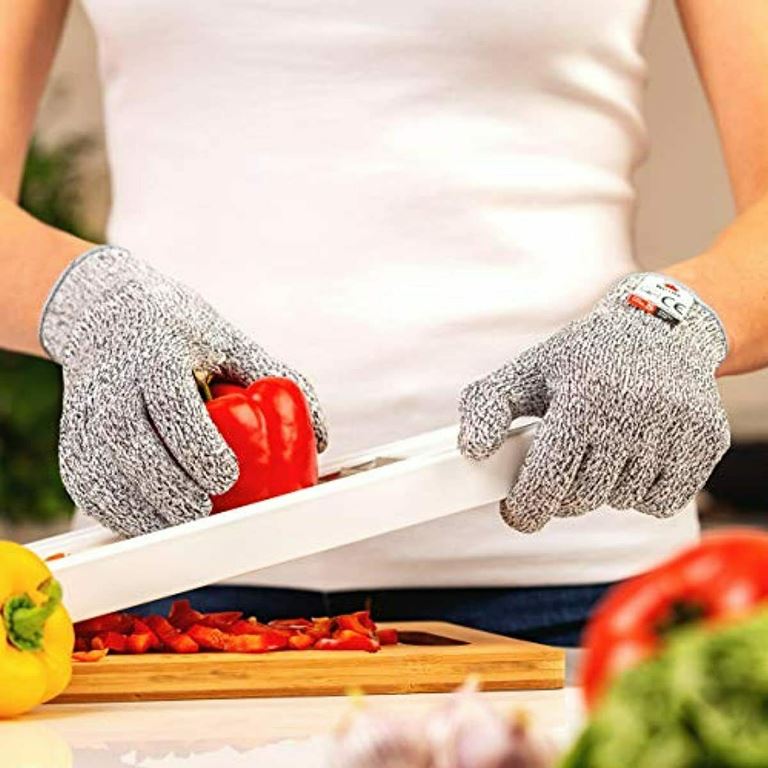
With more people now staying in and cooking their own meals, it would be ideal to bring the level of kitchen safety from established restaurants in your home. Using cut gloves just like professionals in the food service business isn’t overkill at all. After all, who would want to get cut by a knife when preparing food?
Takeaway
One of the most accident-common areas in the house is the kitchen. A lot can happen in a kitchen that’s poorly maintained. For one, a slippery fall can just be steps away if you’re not careful. Perhaps one of the most common injuries in the kitchen are cuts. Cuts often happen from improper knife handling.
Most of the time, cuts can be small and won’t require stitches. However, it’s always better not to risk it. Some cuts can become horrible wounds which need stitches and proper medical treatment. To avoid such accidents from happening, try wearing the proper cut gloves. Hopefully, the information above will convince you in using cut gloves in your kitchen.
